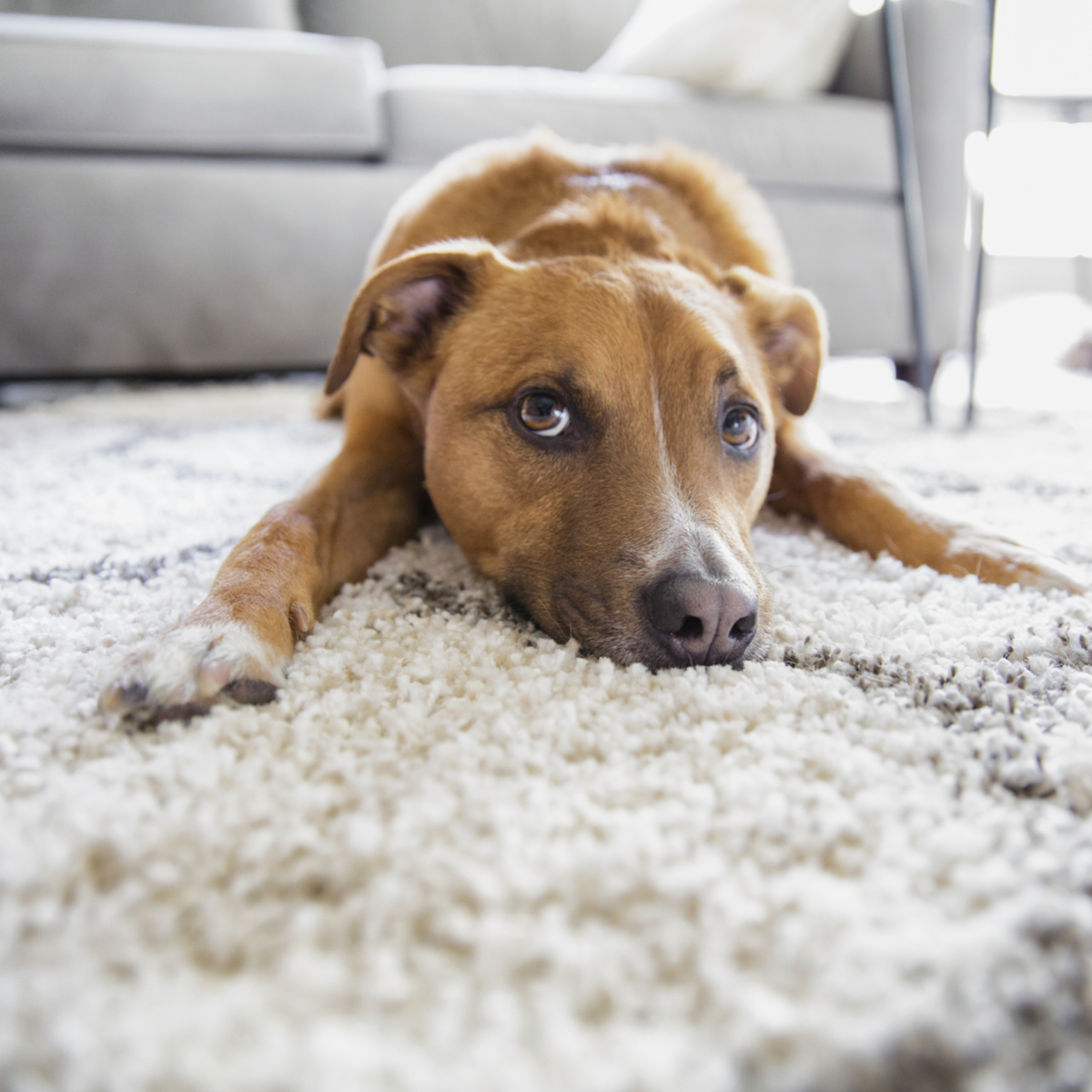When Long & Foster opened its doors for business in 1968, flooring in homes was very different than it is today. Just as home styles have changed, we’ve seen significant changes in both materials and installation processes in the flooring industry. As Long & Foster celebrates 50 years in business, here’s a look at how flooring has evolved during those years.
To gain some perspective on this topic, we spoke to Tom Jennings, vice president of professional development at the World Floor Covering Association (WFCA).
Carpeting Leads the 1960s
According to Jennings, 1968 was a significant year for the carpet industry. While wall-to-wall carpeting had been introduced prior to that year, the cost to install it—seams had to be hand-sewn together—limited its use to only the affluent. But, in 1968, the carpet industry developed a system to glue together carpet seams, making installation more affordable and popular. Hardwood floors, at the time, were considered too high maintenance, as they had to be buffed and waxed periodically. As a result, lower maintenance carpet became the flooring of choice and it was often used to cover existing hardwood floors.
Shag Carpets Dominate the 1970s
The mid-to-late 1970s brought the famous shag carpet rage in colors like avocado and harvest gold. “The pile on the carpet was three to four inches – so long that you could lose the dog in it,” said Jennings. “Carpet rakes were used to fluff the carpet and restore its resilient effect.” Carpet covered most of the home—level-surface carpets, in busy patterns to hide stains, were even installed in some kitchens, although most kitchens, bathrooms and entryways were covered in a more resilient type of flooring, according to Jennings.
Vinyl Flooring Gains Popularity in the 1980s
The 1980s brought increasing numbers of dual income families and a push for lower maintenance flooring for working parents. “Vinyl kitchen floors were introduced into the market, which were installed in one solid sheet and replaced linoleum squares,” said Jennings. “These vinyl no-wax floors became popular because the prior generation of linoleum floors had to be waxed periodically.”
Engineered Hardwood and Tile Reign Supreme in the 1990s
The 1990s brought widespread introduction of engineered hardwood floors, which were made of pre-finished layers of wood and offered in a variety of wood types and colors. Ceramic tile flooring also gained in popularity, as the manufacturing process became faster and less expensive.
Flooring Combinations in the 2000s
“Until 2000, the ‘public areas’ of the home–meaning most of the first floor—were carpeted,” said Jennings. “Many households transitioned to Berber carpet and added 12” by 12” ceramic tiles in many of the rooms, usually in various shades of natural tones. These same natural colorations moved to porcelain tile and natural stone later in the decade.”
Flooring Trends from 2010 to 2018
In recent years, home improvement programs on channels such as HGTV have played an influencing role on flooring trends, according to Jennings. Hard surface floors are often chosen for the lower level of a home to create a clean look. Carpeting is primarily used on a home’s upper levels, as it is less expensive, helps absorb sounds and feels softer on the feet than hard surface floors. Gray tones have taken over from beige as the primary color of choice for flooring, from carpet and tile to natural stone and hardwood.
What’s Old is New Again
The latest must-haves for flooring are very different than they were 50 years ago. Although hard surface floors are not going away, Jennings is seeing the resurgence in popularity of carpet, in every color imaginable, with subtle patterns to add character and interest.
